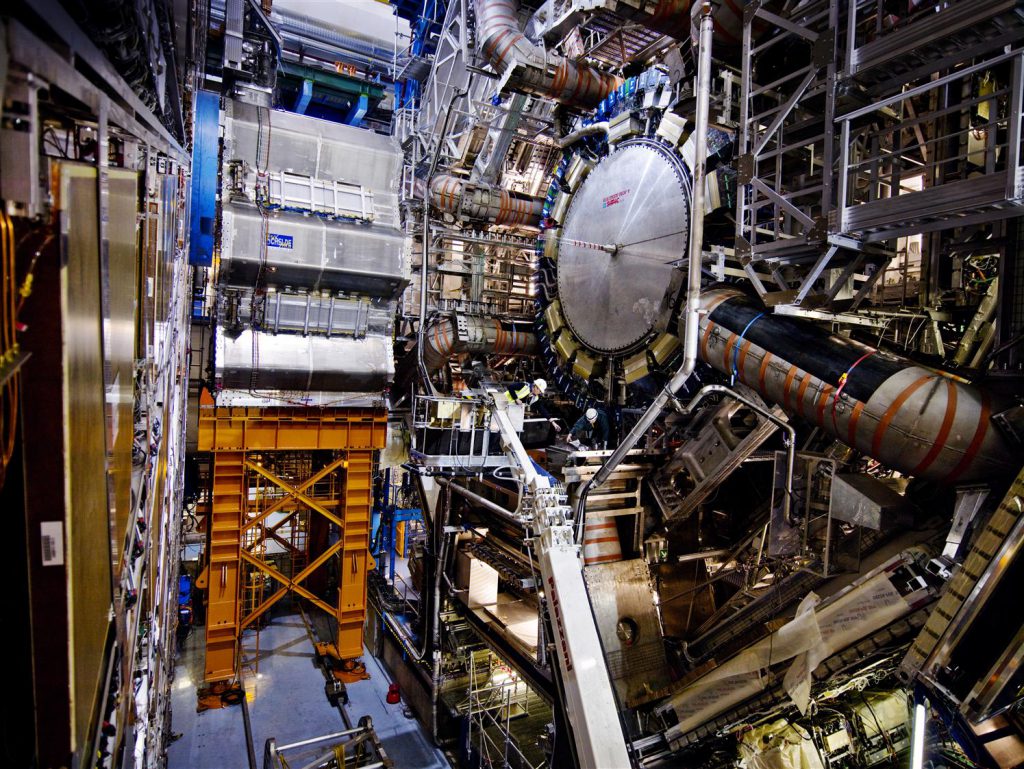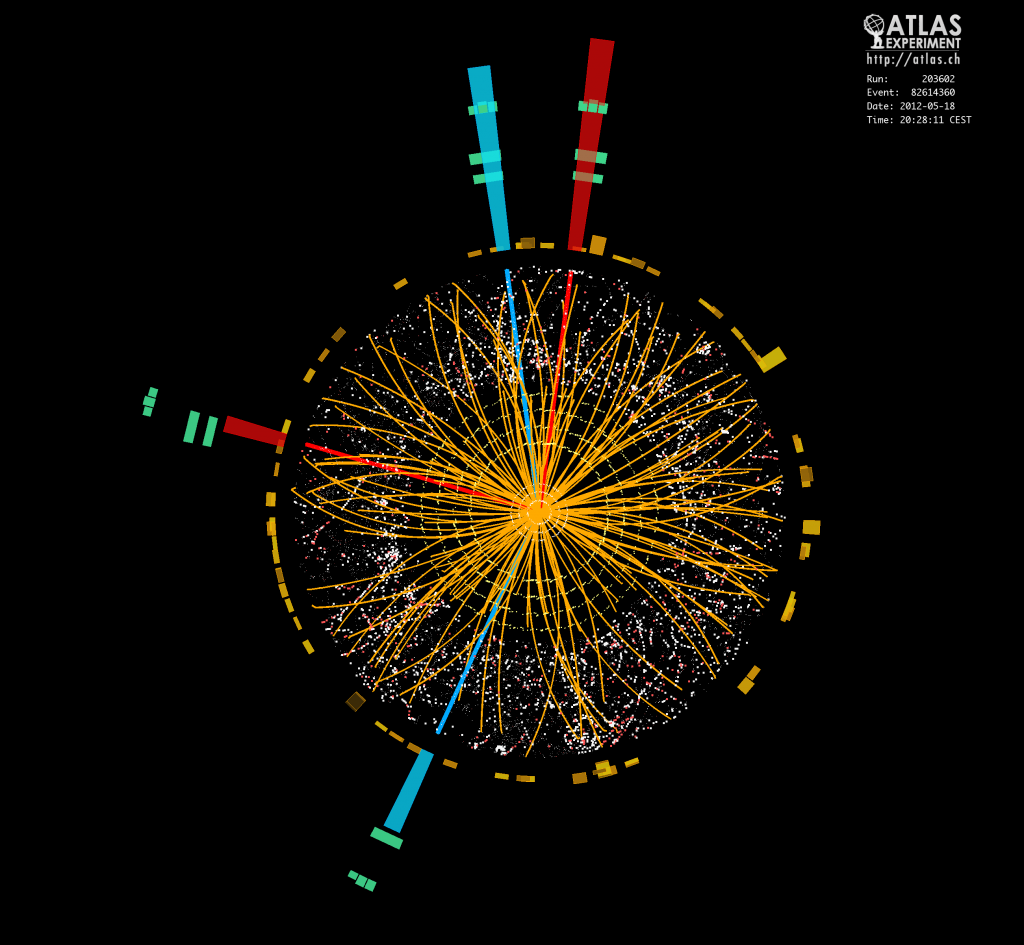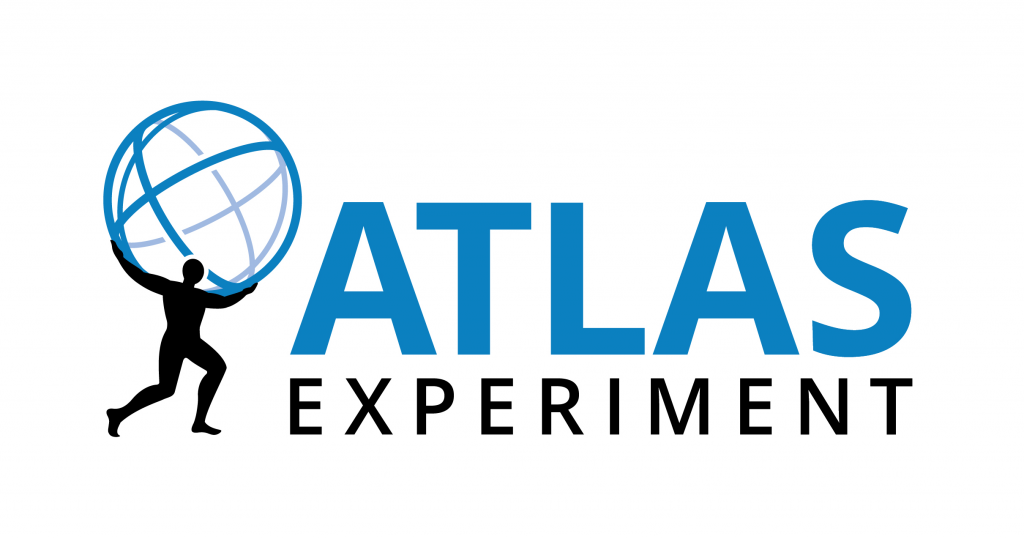ATLAS is one of the four major experiments at the Large Hadron Collider (LHC) at CERN.
It is a general-purpose particle physics experiment run by an international collaboration and, together with CMS (the other general-purpose experiment at the LHC), is designed to exploit the full discovery potential and the huge range of physics opportunities that the LHC provides. Moreover, this detector is designed to allow as well precision measurement physics, investigating in particular the production and properties of Standard Model (SM) particles.
Precision measurements push the frontiers of knowledge by seeking answers to fundamental questions such as: What are the basic building blocks of matter? What are the fundamental forces of nature? Could there be a greater underlying symmetry to our universe?
ATLAS physicists test the predictions of the Standard Model, which encapsulates our current understanding of what the building blocks of matter are and how they interact. These studies can lead to ground-breaking discoveries, such as that of the Higgs boson, physics beyond the Standard Model and the development of
new theories to better describe our universe.
The years ahead will be exciting as ATLAS takes experimental physics into unexplored territories – maybe with new processes and particles that could change our understanding of energy and matter.

The largest volume detector ever constructed for a particle collider, ATLAS has the dimensions of a cylinder, 46m long, 25m in diameter, and sits in a cavern 100m below ground. The ATLAS detector weighs 7,000 tonnes, similar to the weight of the Eiffel Tower.
The detector itself is a many-layered instrument designed to detect some of the tiniest yet most energetic particles ever created by man. It consists of six different detecting subsystems wrapped concentrically in layers around the collision point to record the trajectory, momentum, and energy of particles, allowing them to be individually identified and measured. A huge magnet system, based on superconductor technology, bends the paths of the charged particles so that their momenta can be measured as precisely as possible.

Beams of protons travelling at energies up to seven trillion electron-volts, or speeds up to 99.999999% that of light, from the LHC collide at the centre of the ATLAS detector producing collision debris in the form of new particles which fly out in all directions.
Over a billion particle interactions take place in the ATLAS detector every second, a data rate equivalent to 20 simultaneous telephone conversations held by every person on the earth. Only one in a million collisions are flagged as potentially interesting and recorded for further study. The detector tracks and identifies particles to investigate a wide range of physics, from the study of the Higgs boson and top quark to the search for extra dimensions and particles that could make up dark matter.
More details on the ATLAS detector and the ATLAS Collaboration can be found in the web page of the international collaboration and in those of ATLAS-Italy.
